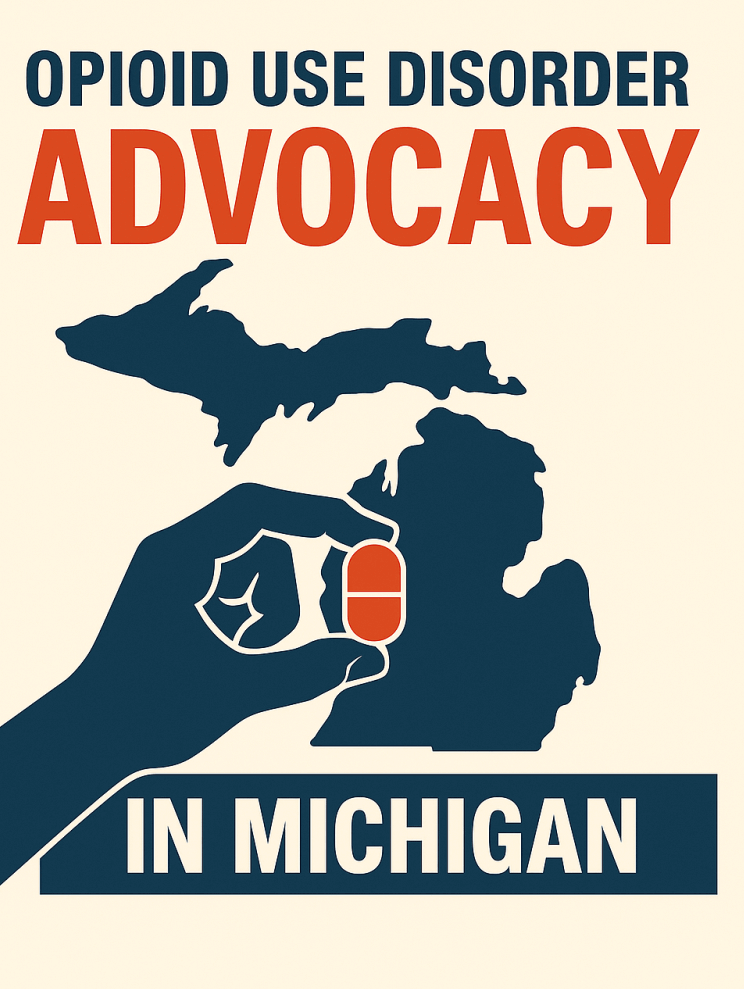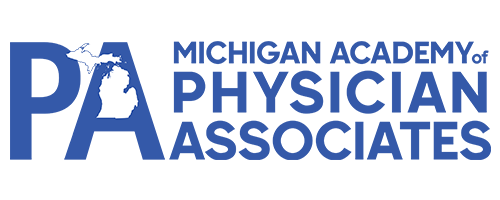Turning Data Into Action: PA Leadership in Michigan’s Opioid Response

Turning Data Into Action: PA Leadership in Michigan’s Opioid Response
By Samantha Danek, MS, PA-C, MHSA
Serving on Michigan’s Opioid Stewardship Coalition (OSC) since 2022 alongside clinicians, pharmacists, public health leaders, and community advocates has been a deeply rewarding experience. It has strengthened my passion for ensuring that Physician Associates (PAs) are recognized as essential partners in the fight against the opioid epidemic.
The release of the 2025 Opioid Advisory Commission (OAC) Annual Report presents a comprehensive, data-driven, and equity-centered perspective on Michigan’s evolving opioid response.—organized around the four pillars of prevention, harm reduction, treatment, and recovery. The report doesn’t shy away from the realities we face. It highlights persistent racial and geographic disparities, reminding us of the need to tailor interventions to the communities most affected, including Michigan’s underserved counties and Tribal areas.
The OAC’s report also highlighted a statewide needs assessment and reaffirmed its commitment towards an endowment for long-term funding reflecting a future-focused approach—one that aligns closely with what we, as PAs, continue to advocate for: evidence-based interventions, equitable access to care, and funding strategies that prioritize impact over rhetoric.
Importantly, the Commission has also pledged to ensure transparent reporting of opioid settlement fund usage, prioritize community-driven allocations, and support culturally responsive youth prevention programs. These are not just bureaucratic goals—they are moral imperatives in a crisis that has touched every corner of our state.
As the OAC’s strategic vision takes shape, we are also closely tracking the Senate package introduced in early 2025, which proposes targeted reforms to expand access to treatment for opioid use disorder (OUD). These reforms hold promise not only for our patients but for PAs across Michigan by supporting accessibility, reimbursement, and scope of practice improvements.
The proposed legislative measures under review include:
-
Removing Medicaid’s prior authorization requirement for buprenorphine-naloxone prescriptions above 32mg/day
-
Relaxing restrictions on mobile opioid treatment programs to improve outreach in underserved areas
-
Encouraging schools to carry naloxone, reinforcing a public health approach to overdose prevention
-
Defining a pharmacy’s duty to dispense addiction medications without undue delay
-
Expanding coverage for street medicine services to include PAs, NPs, and peer recovery coaches
-
Improving prescriber education and protocols around co-prescribing naloxone
As a coalition, we are carefully reviewing this package to ensure that the reforms remain rooted in evidence-based practice and that the voices of both providers and patients are reflected in the final legislation.
PAs are not on the sidelines—we are on the front lines. We are turning data into action and advocacy into better patient care. Let us continue this work with optimism, collaboration, and an unwavering focus on health equity.
Together, we can create a brighter, healthier future for Michigan.
